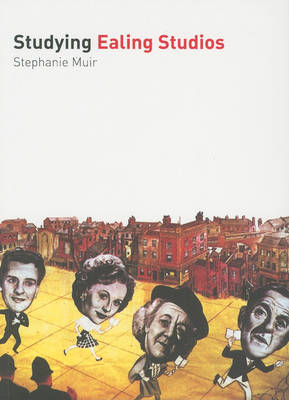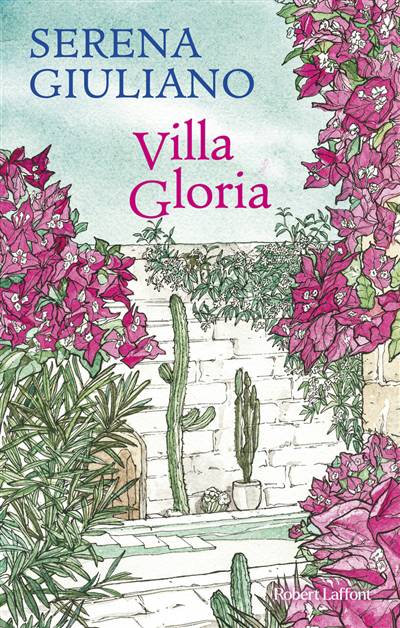
- Retrait gratuit dans votre magasin Club
- 7.000.000 titres dans notre catalogue
- Payer en toute sécurité
- Toujours un magasin près de chez vous
- Retrait gratuit dans votre magasin Club
- 7.000.0000 titres dans notre catalogue
- Payer en toute sécurité
- Toujours un magasin près de chez vous
Description
Located in the West London suburb from which it takes its name, Ealing Studios is one of the best loved and best known institutions of British cinema. Ealing represents a particular kind of institutional practicea community of filmmakers who collaborate in a defined location and produce a particular kind of film. Popular and acclaimed examples include Dead of Night (1945), Whiskey Galore! (1949), Kind Hearts and Coronets (1949), The Lavender Hill Mob (1951), and The Ladykillers (1955). Viewed within the context of a nation forced to adjust to World War II and its subsequent social upheavals, Ealing films reflect common characteristics that can be identified as "national," conjuring images of Britain and Britishness for domestic and international audiences. In many ways, the values of Ealing in the 1940s and early 1950s are the values of Britain. Encouraging a view of the institution from its own perspective (which John Ellis casts as "liberal rather than radical, progressive rather than revolutionary "), this volume traces how Ealing constructed an image of Britain at a particular moment in history.
Spécifications
Parties prenantes
- Auteur(s) :
- Editeur:
Contenu
- Nombre de pages :
- 160
- Langue:
- Anglais
- Collection :
Caractéristiques
- EAN:
- 9781906733315
- Date de parution :
- 09-09-10
- Format:
- Livre broché
- Format numérique:
- Trade paperback (VS)
- Dimensions :
- 114 mm x 160 mm
- Poids :
- 158 g

Les avis
Nous publions uniquement les avis qui respectent les conditions requises. Consultez nos conditions pour les avis.






